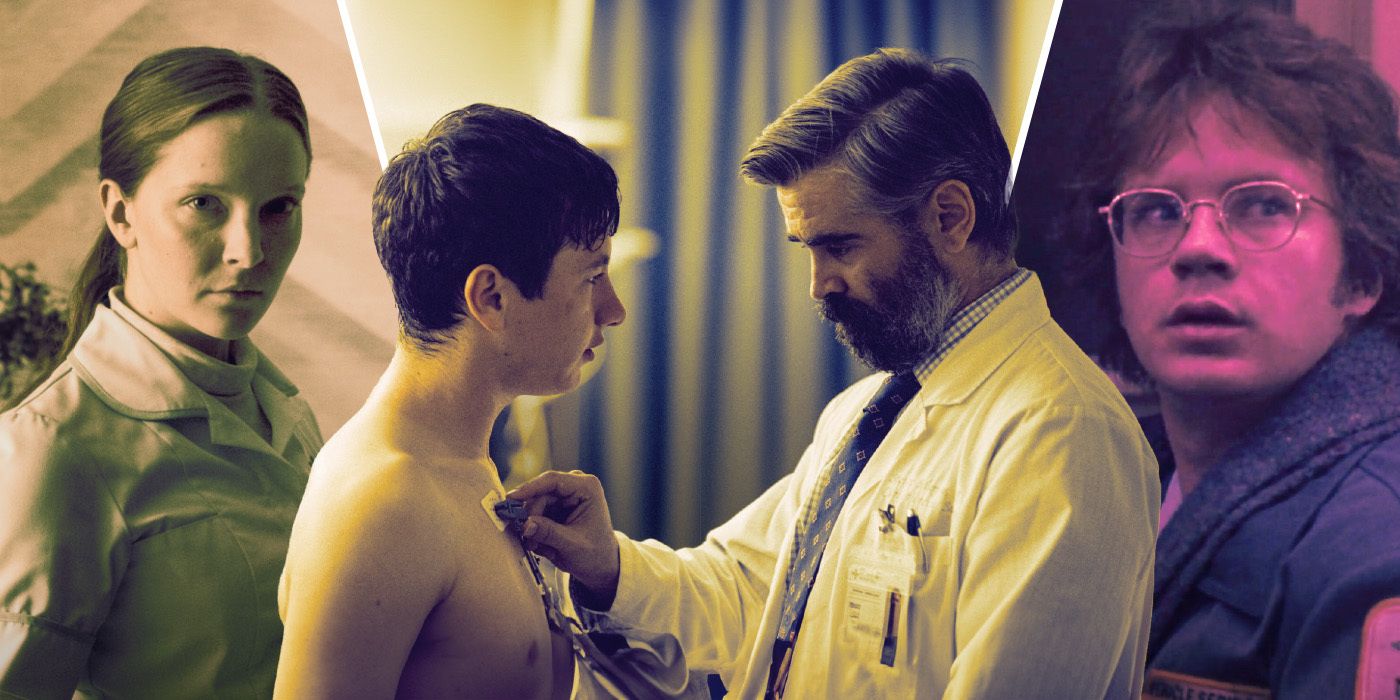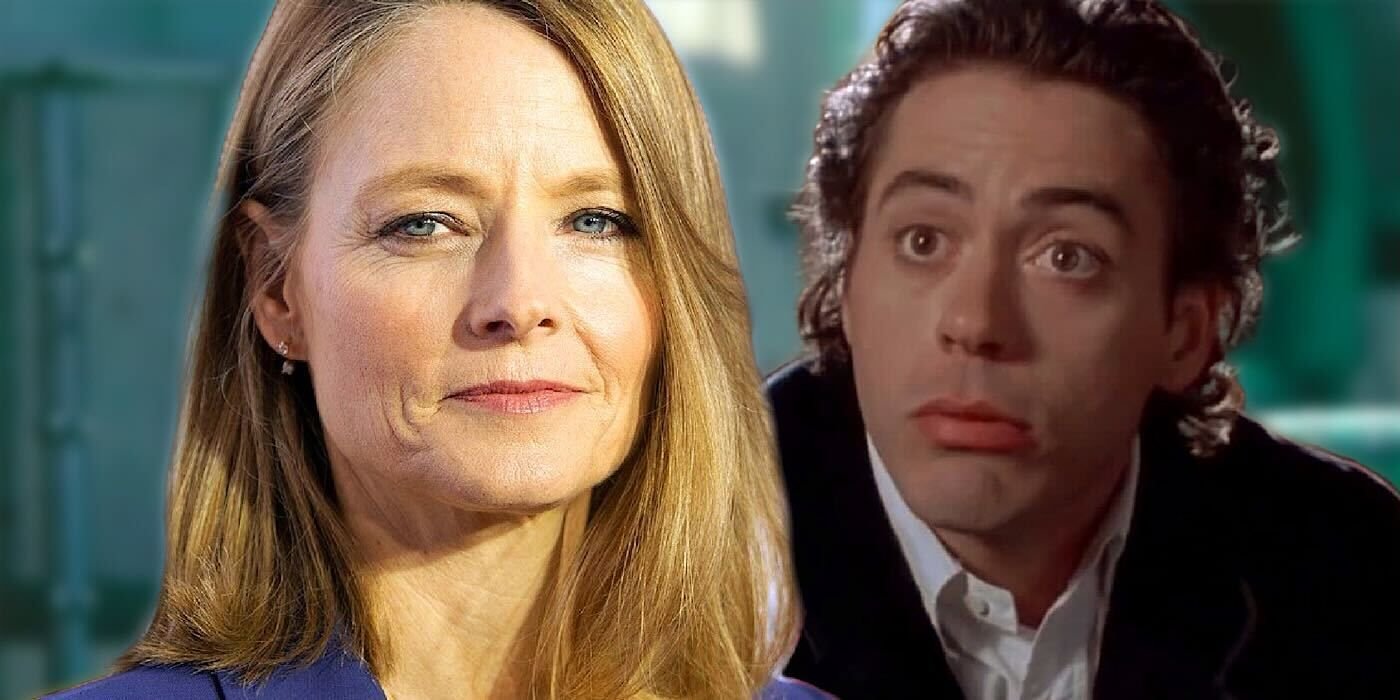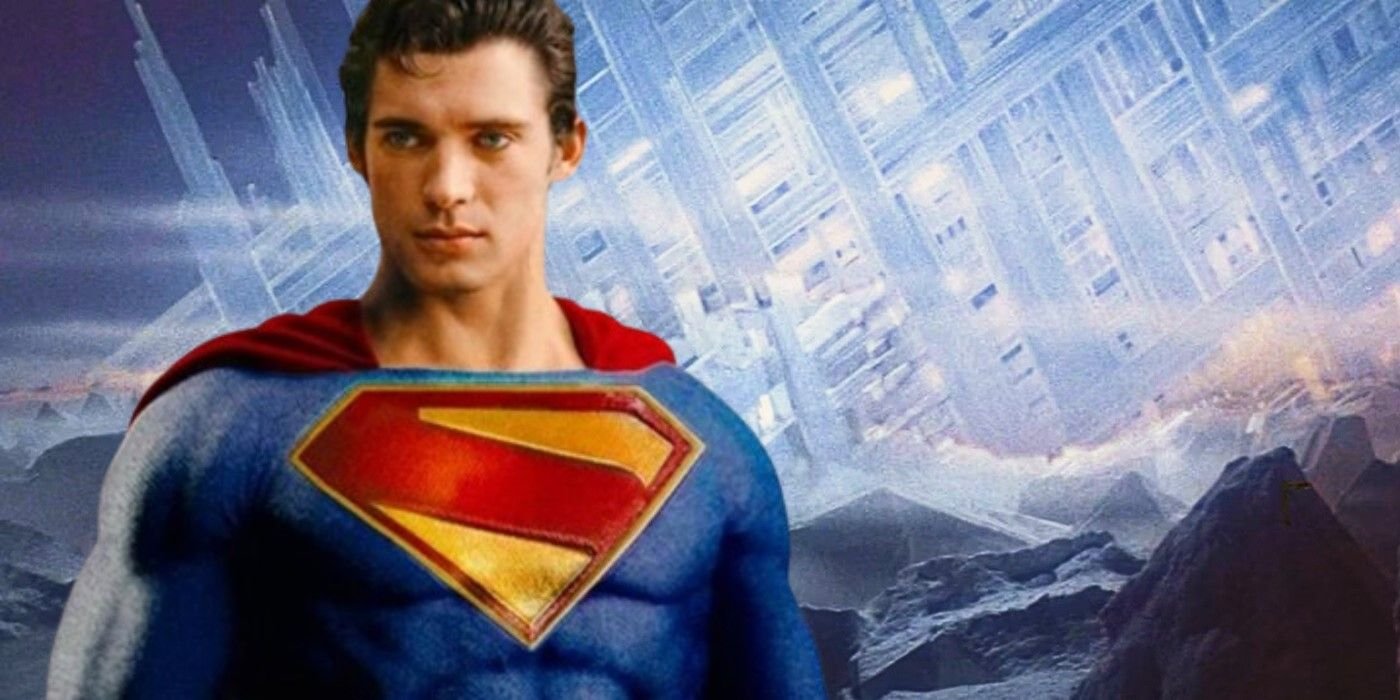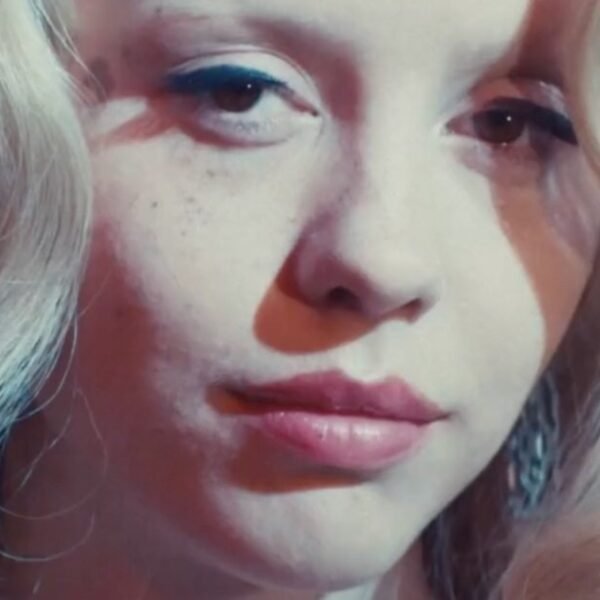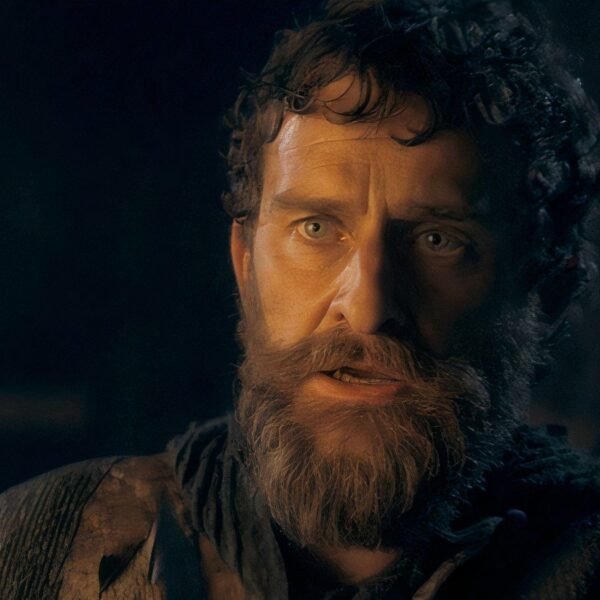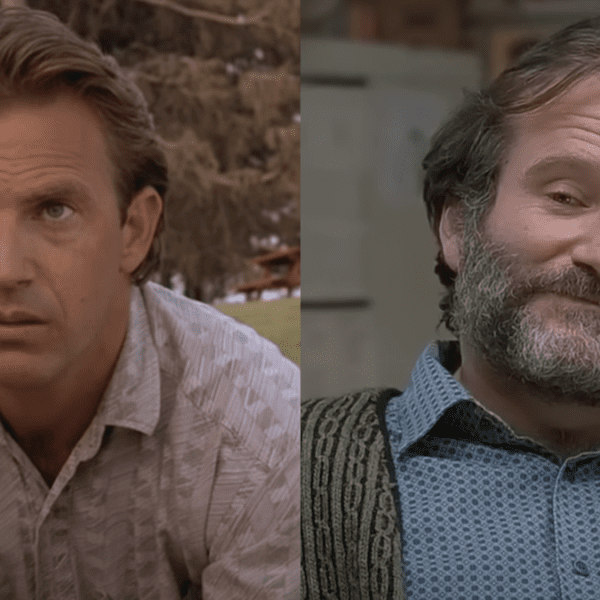Summary
- When comparing
Black Swan
to
Perfect Blue
, the plot of both films certainly share some similarities. - Darren Aronofsky has admitted to being a fan of Perfect Blue director Satoshi Kon in the past.
- Despite similarities,
Black Swan
and
Perfect Blue
diverge in plot, themes, and overall approach to storytelling.
Darren Aronofsky’s Black Swan was easily one of the most acclaimed movies of the 2010s, being the rare film in his filmography to achieve massive box office and Oscar success (with Natalie Portman deservedly winning Best Actress for her fearless turn). It’s the kind of film that’s both hard to watch and near-impossible to look away from, riding a fine line between being melodramatic but not overwhelmingly so and disturbing and unsettling but also engaging. To this date, it remains one of this generation’s defining films about the lengths one goes to for their art at the cost of their sanity.
However, many cinephiles have noticed more than a few similarities between Black Swan and anime legend Satoshi Kon’s 1997 classic, Perfect Blue. Both films focus on a young woman (in Black Swan, a ballet dancer; in Perfect Blue, a pop starlet) spiraling into madness as they seek to reinvent themselves and use their crafts to get in touch with their darker selves. Taking influence is a common practice for even the best filmmakers today, but is there any basis for the belief that Black Swan actually ripped off Perfect Blue?
Darren Aronofsky Has Paid Homage to Perfect Blue Before
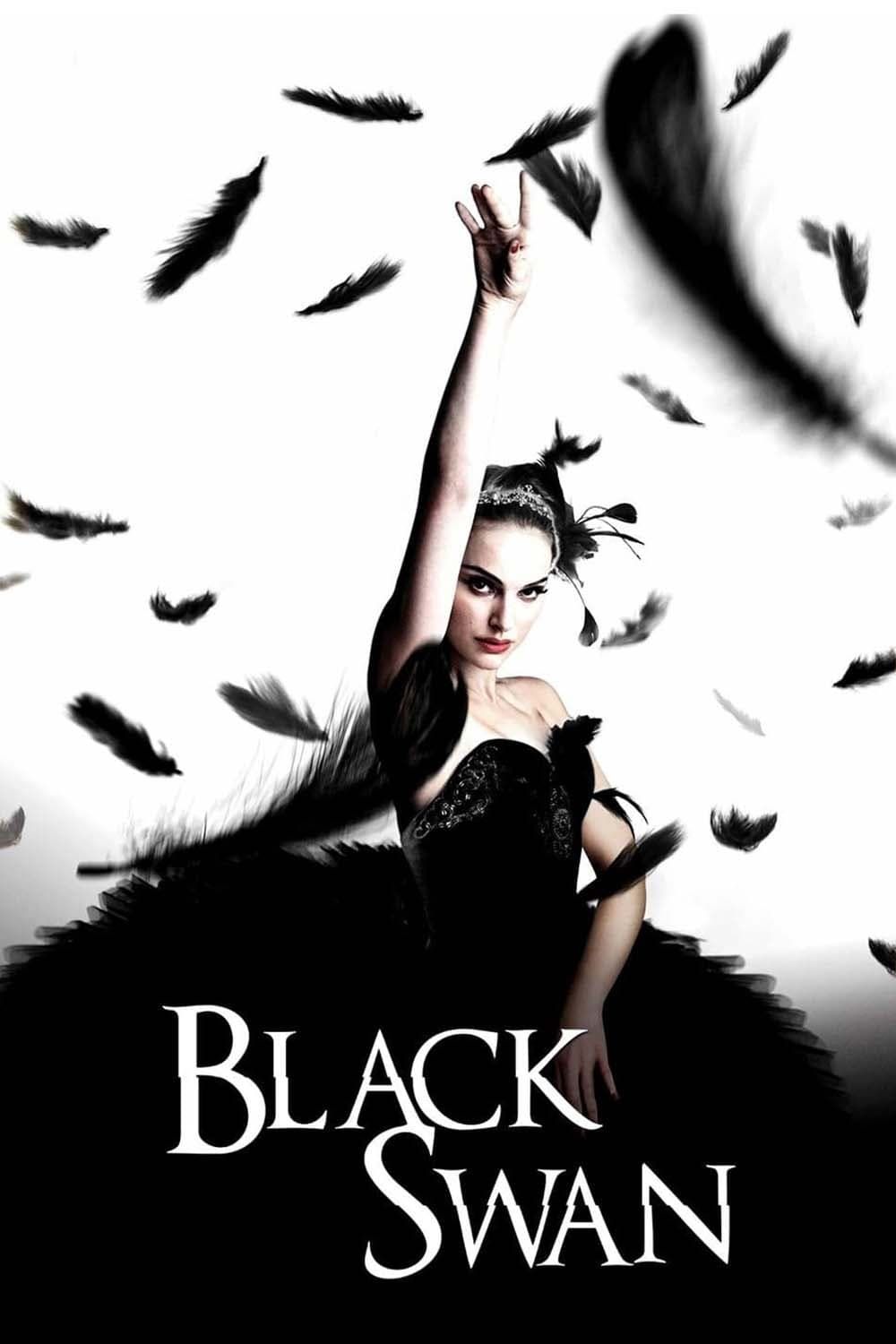
Black Swan
- Release Date
- December 3, 2010
- Runtime
- 110
Black Swan isn’t the only film in which Darren Aronofsky paid tribute to Satoshi Kon’s masterpiece. Most notably, there’s a scene in Requiem for a Dream in which Jennifer Connelly’s character, Marion, sits in a fetal position in the bathtub, having started prostituting herself to fuel her heroin addiction. A shot from underwater captures her submerged face below the surface as she screams.
As many have noticed, this sequence is virtually a shot-for-shot remake of a similar scene from Perfect Blue. Aronofsky is the first person who will acknowledge the similarities between these two scenes. As he detailed in a French documentary about Satoshi Kon, Satoshi Kon: The Illusionist, he deliberately paid homage to the sequence because he felt it was an effective way to capture Marion’s emotional mindset.
In
Requiem for a Dream
, I was probably in the script process… I think I was looking for a scene to kind of get the internal mindset of Jennifer Connelly’s character, Marion. And probably at the same time, I saw
Perfect Blue
.
More intriguing is that before making Requiem for a Dream, Aronofsky had reportedly tried to buy the rights to Perfect Blue, as he wanted to direct a live-action remake. Additionally, he had met with Satoshi Kon in the early 2000s, hoping to discuss plans for the remake. Alas, the deal never went through, and Aronofsky instead focused his attention on Requiem.
Insiders have noted conflicting reports about the meeting between the two; some have indicated that Kon was flattered by Aronofsky’s clear love of his work, while others say his feelings towards his homage to Perfect Blue were less than amicable. However, in an interview from 2007, Kon discussed the “homage” in Requiem for a Dream.
Since Kon died of pancreatic cancer in 2010, we’ll never know for sure what the two thought of each other. But it’s clear that Kon’s work was a significant influence on Aronofsky, even this early in his career, and this admiration especially came to the forefront a decade later when Black Swan was released.
Are Perfect Blue and Black Swan Really That Similar?
Black Swan’s conflict revolves around star ballerina Nina Sayers (Natalie Portman in arguably the best performance of her career), who auditions for the dual lead role in a production of Tchaikovsky’s Swan Lake. While the director believes she’s a perfect fit for the graceful and innocent White Swan, he’s skeptical of her ability to pull off the darker and more sensual Black Swan, believing competing dancer Lily (Mila Kunis) to be a better fit and this newfound competition drives Nina to perfection and ultimately leads to her descending into madness.
Perfect Blue focuses on a young Japanese pop starlet, Mima (notably two letter changes apart from Nina), who retires from music to pursue an acting career, and as she starts taking on more sexual and adult-oriented roles, she too starts descending into madness. Indeed, the similarities between these two plots are striking, at least on the surface. But below the surface, the films diverge considerably.



Darren Aronofsky Says a Black Swan Musical Is in the Works
“We’ll see what happens. But we’re working on it,” the director said of adapting the 2010 psychological thriller into a musical.
Aronofsky has denied taking influence from Perfect Blue; as he said in a 2010 Q&A, “There are similarities between the films, but it wasn’t influenced by it. It really came out of Swan Lake the Ballet, we wanted to dramatize the ballet, that’s why it’s kind of up here and down there, because ballet is big and small in lots of ways.” While it’s admittedly hard to believe that Black Swan wasn’t at all influenced by Perfect Blue, there are enough plot differences between the two that his claims mostly hold water.
Black Swan is laser-focused on Nina’s quest for perfection, to the point where the film feels told almost entirely from her subjective point of view. Perfect Blue has a key subplot that allows us a more objective perspective of the story, focusing on a super-fan of Mima’s, Me-Mania (so unhinged he makes Eminem’s Stan look positively sane), as he murders crew members of Mima’s new show to force her to return to pop stardom. Most crucially, Mima’s story ends happily, with her successfully making the transition to a more mature acting career, while the Black Swan ending sees Nina die in her quest to be perfect.
However, the most striking differences are in the film’s thematic concerns. With Perfect Blue, Kon was interested in exploring themes of fantasy versus reality, the image Mima presents to the world as a pop star, and how that conflicts with her true identity. The conflict arises when her fans, like Me-Mania and her mentor Rumi, refuse to accept Mima transitioning into a more sexually-driven persona. Especially in Rumi’s case, since she aged out of pop stardom years before and lived her fantasies vicariously through Mima, she snapped when this fantasy could no longer sustain itself.
Black Swan, on the other hand, is almost entirely focused on exploring the obsessive lengths an artist goes to if it means achieving perfection. The conflicts Nina goes through are almost entirely internal; the only outward resistance she faces in trying to play the Black Swan is skepticism that she can pull it off. Even her rival Lily, whom Nina sees as an arch-enemy, seems to be less overtly antagonistic than she appears. Thus, the film takes on a much more tragic element than Perfect Blue, as Nina’s work to push herself to her limits is nearly entirely self-inflicted and ends up driving her to madness and death.
20 Unconventional Horror Movies That Scare You in New Ways
Horror has evolved, and with it, the tools it often uses to scare you. These are unconventional horror flicks that will scare you in new ways.
Is Black Swan a Perfect Blue Homage or Rip-Off?
As previously mentioned, completely original inspiration in filmmaking is hard to come by, and even the best artists draw upon multiple sources and inspirations to create something new. We believe this is what Darren Aronofsky did with Black Swan; while his love of Satoshi Kon’s work is well-documented, he successfully avoids feeling too close to his influence.
While there are surprising plot similarities, the fact that Aronofsky’s film had different thematic interests and a much darker and tragic angle on the same subject should tell us that Black Swan is more an homage and companion piece to Perfect Blue than a rip-off. But obviously, the most significant thing the two films share in common is that they’re fantastic and should be celebrated for their accomplishments on their own terms. Black Swan is streaming on Max, while Perfect Blue is available to stream on AMC+ or rent on iTunes, Prime Video, and Google Play.




